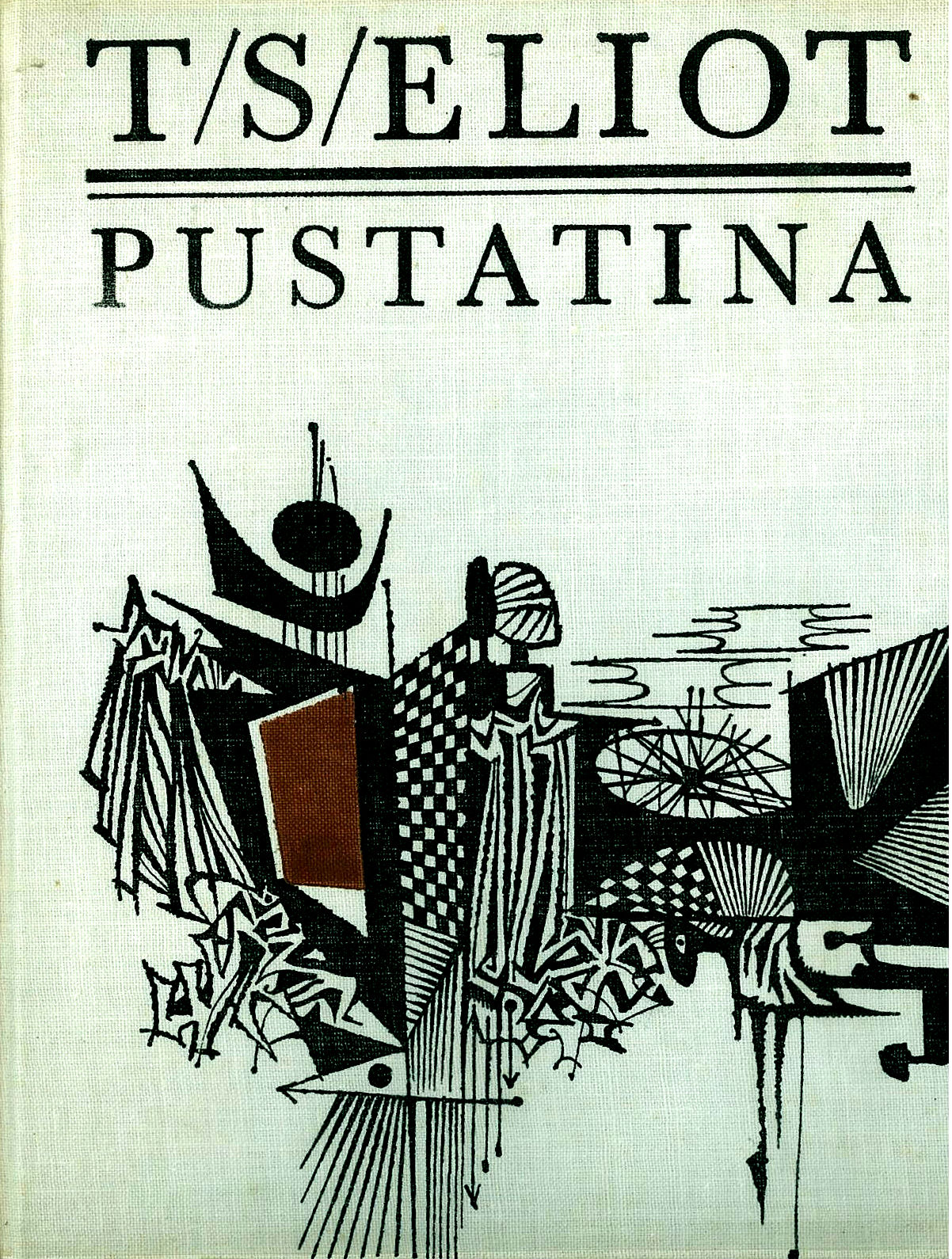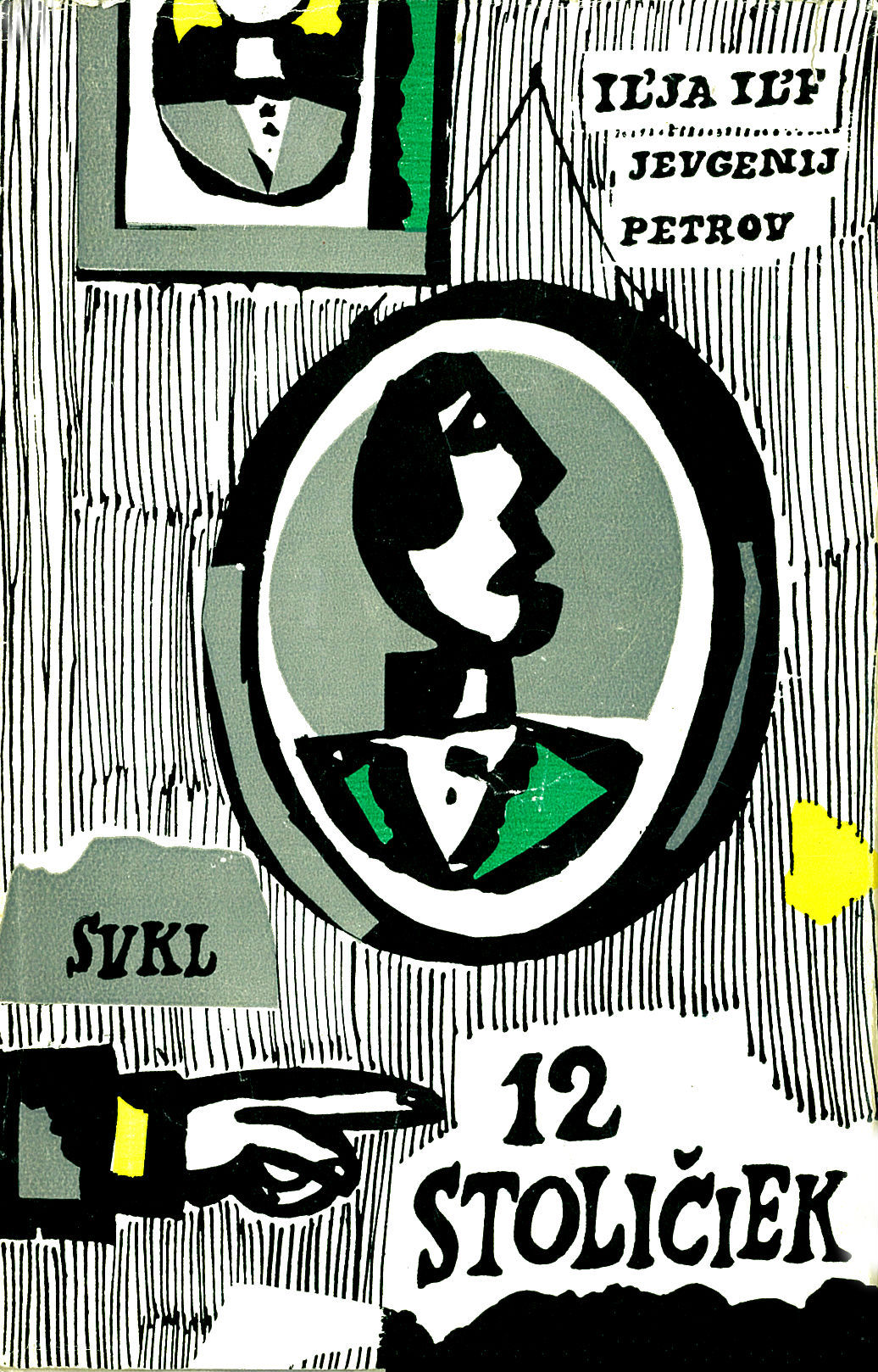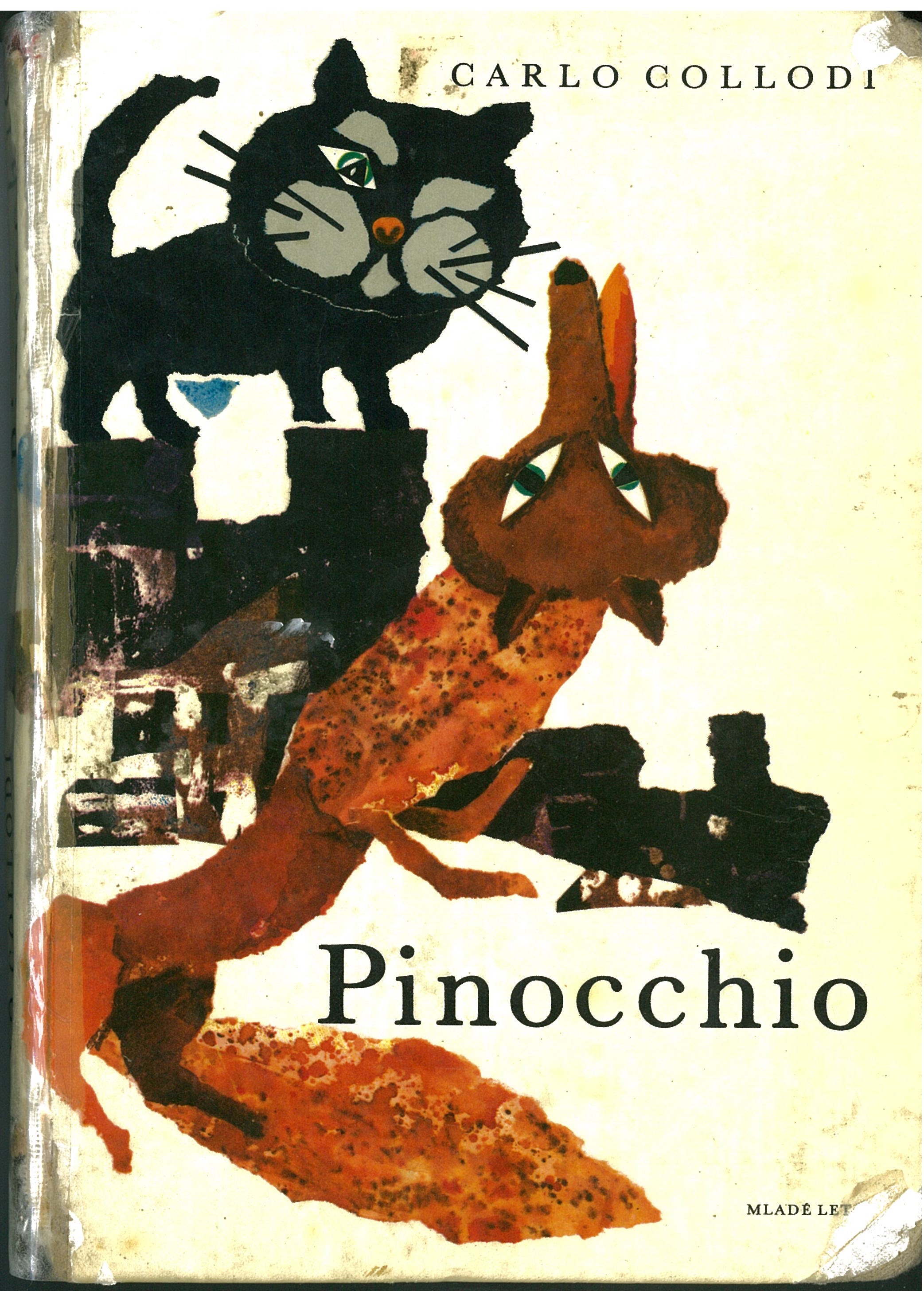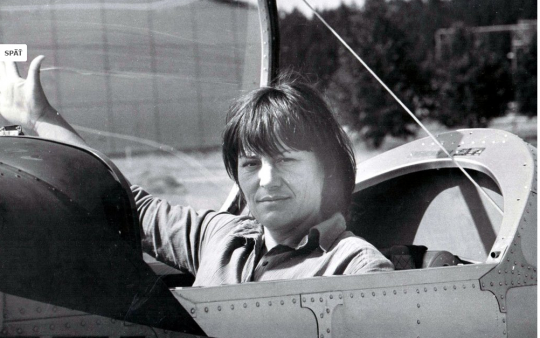Oľga Kovačičová, PhD is a Slovak literature scholar and specialist in old Russian literature and translation studies. She works at the Institute for Literary Studies at the Slovak Academy of Sciences where for the past few years she has been the driving force behind a unique project, “The Lexicon of 20th century Slovak translators,“ which she co-edited and contributed some 80 of the total 400 entries. She has agreed to share some reflections on the special role literary translation played in shaping Slovak language and culture with Asymptote’s Editor-at-large Julia Sherwood, who then translated her insights into English.
Translated literature necessarily plays a more important role in smaller countries compared with bigger nations where much of the reading public’s literary and general cultural needs are met by local literary output. When it comes to a really small country like Slovakia, even without citing statistical data it is obvious that the ratio of translated to domestic literary production is roughly the converse of that in Western Europe, where translations represent 12% (Germany) or 20% (Italy) of book publishing overall, let alone English speaking countries with the notorious 3-4% of translated books.
![]()
Another big difference is that while the major European cultures have had access to the great works of world literature in their own language for many centuries, in Slovakia the process of reception was basically condensed into the 20th century, since Slovak as a literary language was only constituted in the second half of the 1840s. Volume I of the Lexicon of Slovak 20th century Literary Translators (Slovník slovenských prekladateľov umeleckej literatúry 20. storočia), published in 2015 by the Slovak Academy of Sciences (volume II is almost complete), provides a fascinating glimpse of this frantic catching up process.
There are lexicons and then there are lexicons. Unlike pragmatic manuals of the “Who’s Who” type, the profiles of some 400 translators featured in The Lexicon aim to chart the trajectory of literary translation in the 20th century and through this, the history of reception of world literature in Slovakia. Individual entries are between three and five pages long, and apart from basic biographical details and each translator’s bibliography, they look at the works each of them translated and how he/she translated them. The fruit of the painstaking labour of over 30 linguists and translation studies scholars, the book includes Katarína Bednárová’s comprehensive introductory essay on the history of literary translation in Slovakia and its international context, a bibliography of secondary sources, and an index. Volume II will feature an illustrated supplement, showcasing a selection of around 200 book covers, which doubles as a comprehensive survey of the evolution of Slovak book design, as well as lists of translators by source country.
So, a brief historical digression wouldn’t be amiss here: The development of Slovak national culture had been severely curtailed in previous centuries when the country formed part of Austria-Hungary. Opportunities for the evolution of a fully-fledged culture, including literary translation, first arose in 1918, following the breakup of the Empire and the creation of an independent Czechoslovakia. Until then, the small circles of Slovak intelligentsia, educated at universities in Hungary, Austria, or Germany, encountered world literature mostly via translations into Hungarian and German, or Czech and other quite easily understood Slavic languages. In the early days, before the Slovak literary language was fully developed, the bulk of translated literature consisted of lighter popular fare, or translations of literary works published in journals and read only by a small number of nationally oriented intelligentsia. As a result, the history of literary translation in Slovakia is basically the history of the 20th century. This was when the complete works of Homer, Virgil, Dante, Shakespeare, Cervantes, and hundreds of other classics of European and world literature were translated. The endeavour to provide access to the canon of world literature went hand in hand with increasingly ambitious attempts to familiarize the readers with the “hottest” literary discoveries from a growing range of languages.

Yury Lotman’s typology of cultural codes also helps to shed light on the development of literary translation in Slovakia. Lotman posits that with hindsight, it is possible to discern in the history of each national culture certain dominant types of art or genres, in which the period character of the culture manifests itself in its most concentrated form. For example, Russian culture in the Middle Ages was dominated by hagiography and icon painting, in the eighteenth century by classicist sculpture and tragedy, followed in the early decades of the nineteenth century by the “Golden Age” of Russian literature, with poets such as Pushkin and Lermontov, as well as by portrait painting. In each of these periods, a pair of art forms or genres evokes the atmosphere of the particular cultural circumstances, and that atmosphere is reflected in the genesis and life of the artistic text (understood in the semiotic sense) and includes the lives of its creators and the various forms of their reception.
An application of Lotman’s model to the history of Slovak culture suggests that in the twentieth century literary translation was a key cultural phenomenon. Literary translation reflects the dynamic transformation of Slovak cultural life from the first decades of the century, when Slovakia was still part of the Austro-Hungarian Empire and opportunities for development were extremely limited. Then came the era of multidimensional and dynamic evolution following the creation of Czechoslovakia in 1918; the complex period of the wartime, Nazi-allied Slovak state; the post-war period of “building socialism” dominated by the political dictates of the Stalinist 1950s; the more relaxed 1960s, a period curtailed by the Soviet-led invasion in August 1968; followed by the 1970s crackdown euphemistically known as “normalisation”; and a subsequent relaxation, culminating in the Velvet Revolution of 1989, which ushered in a fundamental transformation of political and social life, and thus also new factors determining Slovak culture in general and literary translation in particular.
The transformation followed two distinct lines. The first, continuously ascending line, goes back to 1918 and represents the rising standard of education that came from the dynamic development of educational, cultural, and scholarly institutions to help cultivate the Slovak readership. One such institution was the Society of Friends of Classical Literature. Launched by Slovak writers and translators in 1927, it existed, in various forms, until the late 1980, systematically striving to introduce Slovak readers to key works of international literature in authentic Slovak translation. This was in response to the dozens of “second-hand” translations, i.e. those based on translations into Czech, which had flooded the emergent Slovak book market in the 1920s and 1930s. From an initial 1,000 subscribers, the society grew to 10,000 in the 1940s, reaching around 100,000 by the early 1970s.

A similarly upward trend characterized the increasing quality of translations of poetry and prose, intrinsically linked to the gradual evolution and modernisation of written Slovak, a language with rural origins, which had developed in the early part of the 20th century largely by being confronted with established literatures, and whose journey “from country to town” was only completed in the 1950s and 1960s. The improved quality of literary translation was also reflected in the growing range of source languages. In the early days, most translators were able to cope only with the Slavonic and classical languages; competent translators from English, French, German, and Hungarian were exceedingly thin on the ground. But the range of languages continued to expand until, by the end of the 20th century, as the lexicon shows, Slovak readers had access to translations from 113 national literatures.
The second, more volatile, trajectory reflects the volatile social and political atmosphere which, especially in the second half of the twentieth century, affected the selection of works, preferences for certain literatures, and individual translators’ personal stories. Russian literature provides the most striking example. While the Stalinist 1950s were dominated by works of a strongly ideological bent, in the more relaxed 1960s, although Russian literature continued to be dominant, the focus shifted to critical works of high literary quality that had been marginalized by Soviet literary history, particularly those from authors of the “Silver Age” of Russian literature, which Russian scholars rediscovered under Gorbachev’s perestroika, as well as books banned in the Soviet Union at the time, such as Boris Pasternak’s “Doctor Zhivago”. The crushing of the Prague Spring was followed by another communist party crackdown. Dozens of translations—including ones by the most distinguished translators—that were ready for publication were banned: for example, Alexander Solzhenitsyn’s “Cancer Ward”, which reached an international readership after being smuggled out of the USSR by the Slovak journalist and translator Pavol Ličko.

Nevertheless, the taste of freedom could not be completely obliterated, and experienced editors found ways to deal with the situation. In addition to the prescribed works that simply had to be published, they would fill the quota of Soviet books by choosing authors from the Baltic countries, the Caucasus, and Central Asia, instead of ideologically innocuous books from the Russian peers, Many editors risked their jobs when they allowed banned translators to continue working under other translators‘ names. Sometimes this resulted in bizarre situations, as when the acclaimed translator and editor Viera Hegerová reluctantly accepted an annual award for the best translated book, which had, in fact, been translated by Soňa Čechová, a former colleague who was banned from publishing.
With the advent of perestroika, restrictions were gradually lifted in the 1980s and since 1989, Russian literature has almost disappeared from the market as publishers focus on translations of English works (of varying quality, but which are more likely to sell).
Unearthing basic biographical data on translators who are no longer with us, and locating the last surviving representatives of a very strong post-war generation, sometimes involved meticulous detective work. The resulting material provides many fascinating sociological, cultural, social, and political insights. Particularly telling is the changing social status of the profession. In the early twentieth century, in addition to poets and writers of fiction, translators included teachers, lawyers, priests, as well as doctors, even a railway clerk and a haberdasher. In the latter part of the century the profession was dominated by university-educated linguists: editors in publishing houses, literary and cultural journals, university teachers and specialists in particular languages and literatures. Many of them played a key role in forging cultural links with the source countries, and were rewarded for their promotional work with the highest national honours.
A striking feature of many Slovak translators is their multilingualism, with most of them translating from two to five, or even more, languages. For example, apart from the “standard” English, German, French, and Russian, the distinguished linguist and translator Viktor Krupa also translated from Japanese and Polynesian languages such as Hawaiian, Indonesian, and Bengali. Another distinctive Slovak trait is that the translating profession is often passed from one generation to the next, the most notable example being the Ruppeldt “dynasty”: four generations of translators spanning the entire twentieth century who have left an indelible mark on the shape of Slovak literary translation. The family of the provincial railway clerk Jožo Prídavok, on the other hand, provides an example of “synchronic” family links, as seven of his nine children became translators and are featured in the lexicon.
In addition to an overview of the reception of world literature in Slovakia and, through that narrative, a history of twentieth century Slovak culture, the lexicon also points to the future. I have no doubt that that literary culture will survive into another century, although the development of new technologies suggests that literary translation, especially in book form, may no longer be regarded as a key component of cultural life. That is what has made the task of mapping this period for future generations especially important.
*****
Read More Essays about International Language and Literature:

